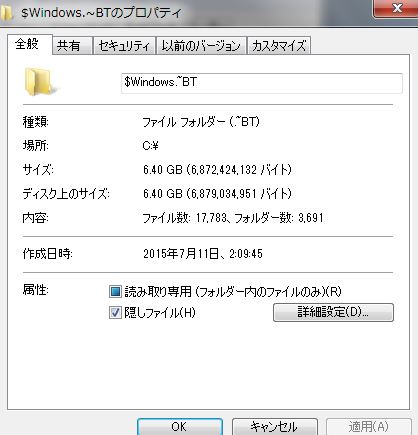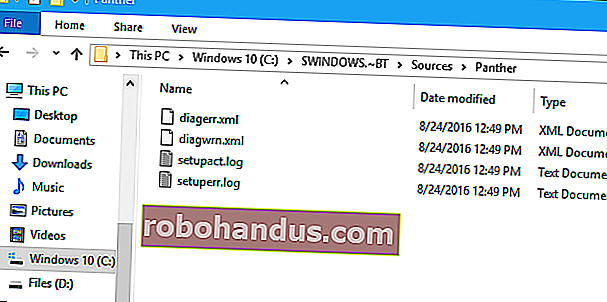

the Internet-facing URL hosted by Microsoft, fetches the Dynamic Update content, then applies those updates to your OS installation media, thus making the installation process go as smoothly as possible.īased on your feedback, starting with Windows 10, version 1809, Dynamic Update content is downloaded directly from HTTPS endpoints. Windows 10 Setup reaches out to the HTTPS endpoint, i.e. Driver DU: Latest version of applicable drivers that have been already published by manufacturers (OEMs and/or IHVs) into Windows Update and specifically targeted for Dynamic Update.Īs soon as a feature update is initiated, whether from media or a Windows Update service-connected environment, Dynamic Update is one of the first steps invoked.

Language Pack (LP) and Feature On Demand (FOD) DU: Preserves users’ installed language packs and optional features by reinstalling them.Latest Cumulative Update (LCU)/General Distribution Release (GDR) DU: Installs the latest cumulative quality update.Servicing Stack Update (SSU)/Critical DU: Fixes that are necessary to address the Windows 10 servicing stack issue and thus required to complete the feature update.SafeOS DU: Fixes for the ‘safe OS’ that we use to update Windows recovery environment (WinRE).Setup DU: Fixes to Setup binaries or any files that Setup uses for feature updates.There are several core components that can be updated by Dynamic Update, including: In this blog, we’ll explore which core components are updated by Dynamic Update, how Dynamic Update is initiated, and how to enable or disable it. Further, Dynamic Update also eliminates the need to install a separate quality update as part of the in-place upgrade process.įrom an IT perspective, using Dynamic Update reduces the need to apply separate updates to recently installed systems and makes it easier to get your devices up to date with the latest available quality update in one step.


Dynamic Update can help organizations and end users alike ensure that their Windows 10 devices have the latest feature update content (as part of an in-place upgrade)-and preserve precious features on demand (FODs) and language packs (LPs) that may have been previously installed.


 0 kommentar(er)
0 kommentar(er)
